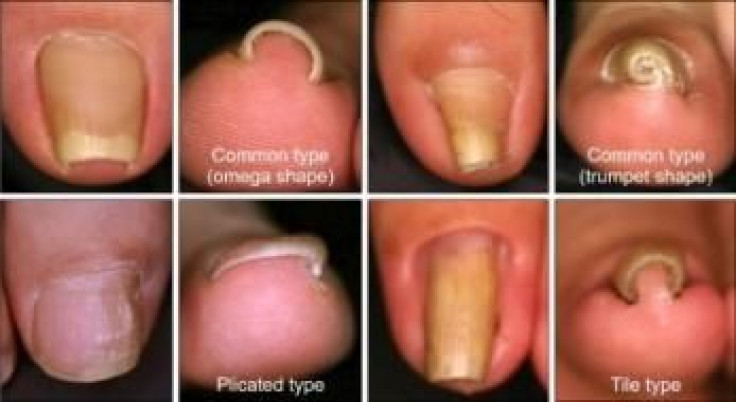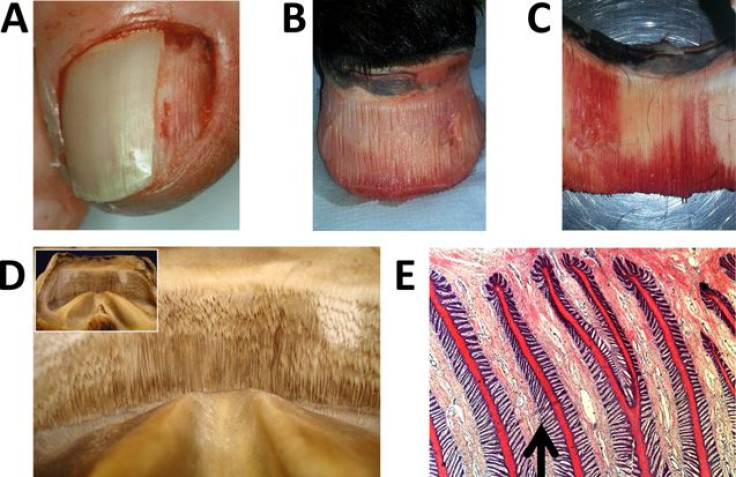Ingrown Toenails Explained By Physics: Why Toenails Push Into Your Skin And Cause Swelling

Ingrown toenails may be one of the most common pains, caused by accidentally cutting off too much of your biggest toenail during a routine nail clipping. Sometimes, they occur without reason, over and over again: how do you stop them?
It’s a problem you probably don’t want to talk about, because ingrown toenails can be pretty gross. In addition, not much is understood as to why or how they happen. So a group of physicists set out to see how the physics of your toenails — involving both growth stress and the adhesion of the nail to your skin — causes them to become ingrown.
“Although surgical treatment of nail conditions can be traced back centuries to the writings of Paul Aegineta (625-690 AC), little is known about the physical laws governing nail growth,” the authors, from the School of Veterinary Medicine and Science at the University of Nottingham in the U.K., write in the abstract of their study. “Such a poor understanding together with the increasing number of nail salons in the high street should raise legitimate concerns regarding the different procedures applied to nails.”

Led by physicist Cyril Rauch, the researchers point out in their study that nail growth can be quite a fragile balancing act between the stresses of growth and adhesion. When a nail, which consists of kelatin, grows too slow or quickly, it can throw off this balance and change the nail’s curvature. When the curve becomes too tight or deformed, it can pinch or cut into the skin. The authors also point out that the shape and growing patterns of your fingernails differ from your toenails, making them less likely to have ingrown nails.
In addition to cutting your toenails wrong — such as cutting them too short or not cutting them as a straight edge across — your posture, poor foot hygiene, and shoes that put pressure on your toes because they’re too small can all contribute as external factors in triggering ingrown toenails. But in the end, the authors argue, it all comes down to physics.
“Physics doesn’t involve any genes, it doesn’t differentiate between species, it’s all about stress and forces,” Rauch told the Smithsonian. He and his research team hope their study will help them in transferring some of this knowledge to other species outside of humans — such as hoofed animals, whose hooves are made of keratin as well. “[E]ssentially speaking, you have many of the same things occurring that we hope can allow us to understand how the cells that divide to form a hoof or a nail are affected by the same physics.”
Source: Rauch C, Cherkaoui-Rbati M. "Physics of nail conditions: why do ingrown nails always happen in the big toes?" Physical Biology, 2015.



























